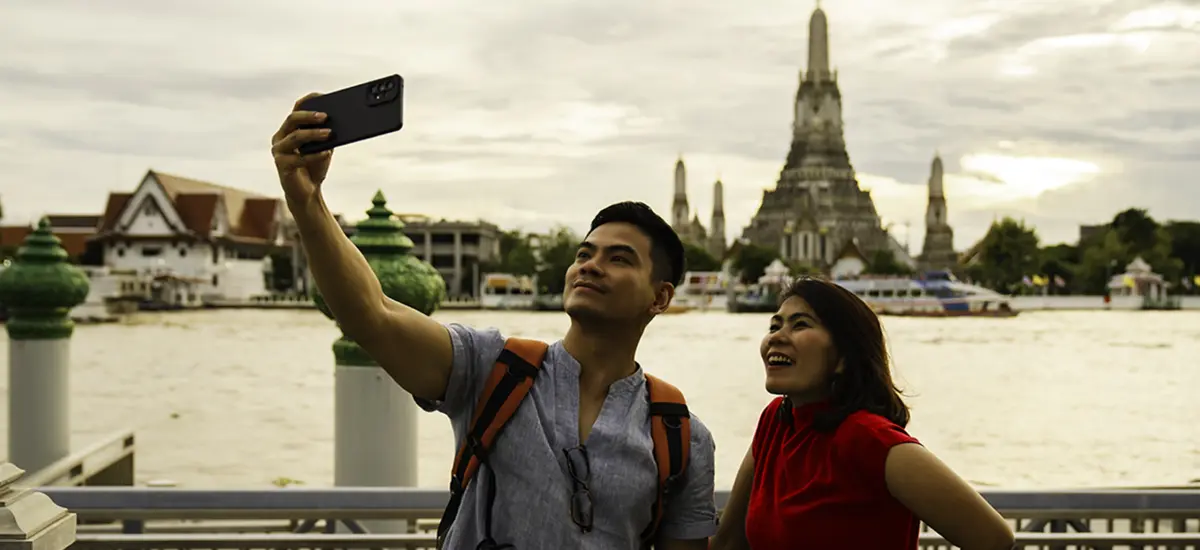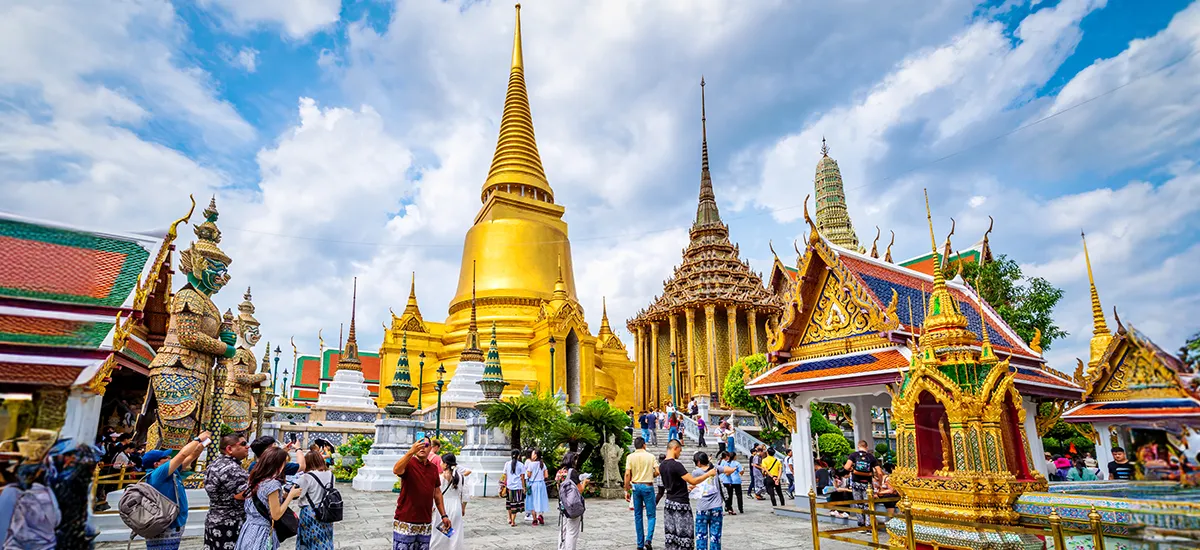Places to visit in Ayodhya
Ayodhya is home to several sacred sites and cultural landmarks, attracting tourists from far and wide. From historical temples and shrines to beautiful monuments and scenic spots, Ayodhya offers a host of attractions waiting to be explored. Whether you're planning a spiritual getaway or looking to immerse yourself in the city's vibrant culture, Ayodhya has something for everyone. Here are some places to visit in Ayodhya that you must not miss for an unforgettable experience:
1. Ramanthaswamy Temple
The Arulmigu Ramanathaswamy Temple is one of the most significant temples in Rameshwaram. It is dedicated to Lord Shiva and is one of the twelve Jyotirlingas in India. It is believed that Lord Rama prayed to Lord Shiva here to seek forgiveness for the sin of killing Ravana, a Brahmin. The temple houses two Jyotirlingas, one made by Goddess Sita and the other brought by Lord Hanuman from the Himalayas.
Ram Janmabhoomi, located in Ayodhya, is the birthplace of Lord Rama, a major deity in Hinduism. The history of Ayodhya Ram Mandir is steeped in religious, cultural, and historical narratives that span centuries. Over the years, the site has been the focus of various religious and political movements. In 2019, in a landmark verdict by the Supreme Court of India, a new Ram Mandir was built on the site, which was inaugurated on 22nd January 2024.
Timing
The Ram Janmabhoomi temple is open daily from early morning until late evening. Specific timings for various poojas and rituals can vary, so it's recommended to check in advance if you plan to participate in any specific ceremony.
Pooja and Entry Fee
There is no entry fee to visit Ram Janmabhoomi, making it accessible to all visitors who wish to pay their respects.
Tips and Etiquette for Temple
- Dress modestly, covering shoulders and knees.
- Photography inside the temple premises may be restricted, so it's advisable to inquire about the rules beforehand.
- Maintain decorum and silence inside the temple premises to avoid disturbing other devotees.
2. Hanuman Garhi Mandir
Hanuman Garhi Mandir, situated in the heart of Ayodhya, is dedicated to Lord Hanuman. Built in the 10th century, this temple holds immense importance as it is believed to be the location where Hanuman lived and guarded the Ramkot, the fort of Lord Rama. It is built atop a hill and can be reached by a flight of 76 steps. It is said that visiting this temple before the Ram Janmabhoomi temple is auspicious, as it signifies seeking permission from Hanuman to meet Lord Rama.
Timing
The temple doors are open to devotees from early morning till late in the evening.
Pooja and Entry Fee
There is no entry fee for devotees and tourists. Everyone can come and receive blessings regardless of their economic status.
Tips and Etiquette for Temple
· Dress modestly to respect the sacred place.
· Before clicking any photos, make sure photography is allowed.
· Maintain silence inside the temple premises for a serene atmosphere.
3. Saryu Ghat
Saryu Ghat is a riverbank located along the banks of the sacred Saryu River in Ayodhya. It holds immense religious significance and is visited by devotees for ritualistic baths and offering prayers. You can visit this ghat to see beautiful sunrise and sunset views in a serene environment. The ghat is decorated with colourful flowers and diyas during religious festivals, creating a mesmerizing sight. Whether you're seeking a spiritual getaway or bask in natural beauty, a visit to Saryu Ghat promises an unforgettable experience in Ayodhya.
4. Guptar Ghat
Guptar Ghat is a special spot by the Saryu River in Ayodhya. It is believed that this is the spot where Lord Rama disappeared into the river, leaving behind a sense of mystique and reverence. As such, Guptar Ghat is not just a picturesque location but a place steeped in spiritual significance. The ghat is peaceful and serene, perfect for quiet reflection. During festivals, it's decorated with colourful flowers and lights, making it even more beautiful. It is one of the best things to do in Ayodhya for a tranquil experience.
5. Ram ki Paidi
Ram ki Paidi is a series of ghats (steps leading to the river) on the banks of the Saryu River. It was built to enable pilgrims to perform sacred rituals and take holy dips in the Saryu River. The name 'Ram ki Paidi' reflects its connection to Lord Rama. The site has been beautifully constructed to accommodate the spiritual and ritualistic needs of the devotees. Whether you're praying, exploring, or just feeling the spiritual vibes of Ayodhya, Ram ki Paidi is the ideal place to be.
6. Gulab Bari
Gulab Bari, translating to "Garden of Roses," is a unique historical site located in Ayodhya. This lesser-known monument is renowned for its beautiful gardens filled with various species of roses and stunning architecture. Gulab Bari is the tomb of Nawab Shuja-ud-Daula, the third Nawab of Awadh, and it stands as a splendid example of the Awadh style of architecture, which blends Mughal and local elements. The complex houses the mausoleum of the Nawab and his mother with a large dome and several turrets and minarets. This is ideal if you're seeking a serene environment away from the bustling pilgrimage city.
7. Kanak Bhavan Temple
Kanak Bhavan Temple is one of the most beautiful and important temples in Ayodhya. It is said that Kanak Bhavan was gifted to Goddess Sita by Lord Rama's stepmother, Queen Kaikeyi, as a wedding present, symbolizing prosperity and happiness. The temple gets its name from 'Kanak,' which means gold, suggesting that the original structure was adorned with gold decorations. At the temple, you can enjoy the serene ambience and participate in the regular aarti and prayer services.
8. Sita ki Rasoi
Sita ki Rasoi is situated near the famous Ram Janmabhoomi temple and is considered one of the top places to visit in Ayodhya. It is believed that this place symbolizes the spot where Sita would cook meals for her family. When you visit Sita ki Rasoi, you'll find it adorned with small idols of Lord Rama, Sita, and other gods from the Ramayana, which are arranged as if part of a typical household. A visit to this place gives you a peek into the home life of Hindu gods, offering a profound experience for devotees.



























